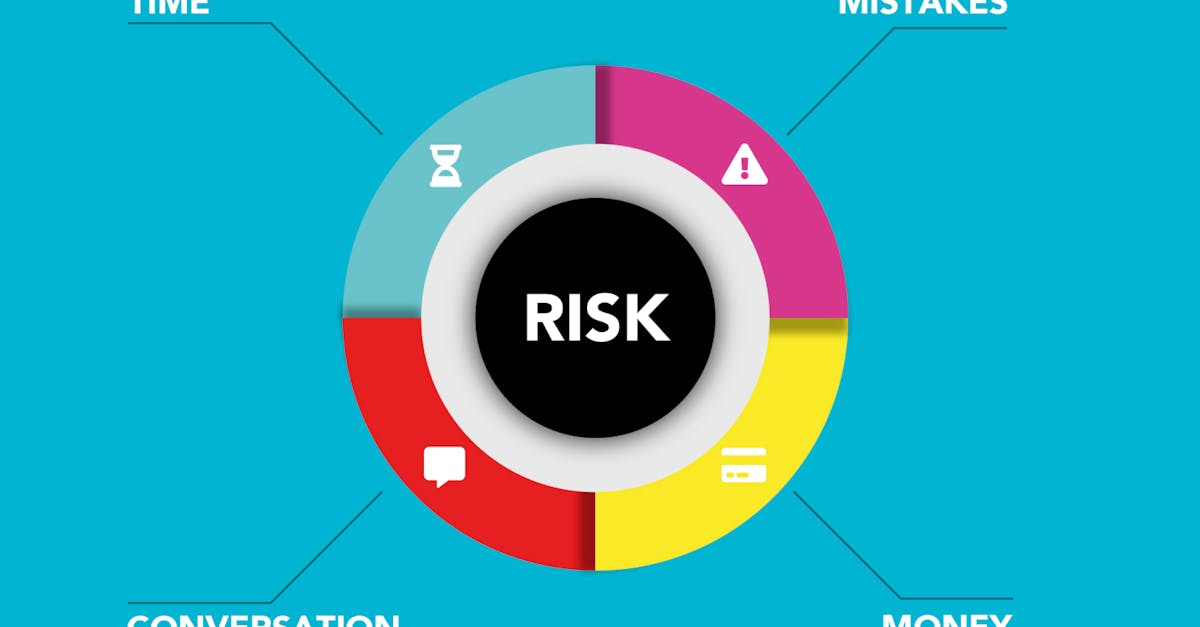
Digital Transformation in Compliance: Leveraging Process Automation Solutions for Risk Management
Introduction
Staying compliant in a world of rising regulations and constant change is more challenging than ever. Juggling paper-based workflows, scattered documentation, and manual tracking not only drains valuable resources, but also leaves businesses vulnerable to costly errors and missed deadlines. As compliance demands grow—and regulators expect greater speed and transparency—traditional methods simply can’t keep up.
That’s why organizations are embracing digital transformation in compliance, turning to process automation solutions and document automation to boost accuracy, minimize risk, and take control of compliance management from start to finish. In this article, we’ll explore how workflow automation streamlines risk management, the key components of an effective compliance system, and practical strategies to help your team work smarter—not harder—no matter your industry or size.
Understanding digital transformation in regulatory compliance
Digital transformation is changing how organizations approach regulatory compliance workflow. By replacing manual, paper-based tasks with automated processes, businesses can better keep pace with shifting regulations and increasing compliance complexity. This evolution not only offers improved accuracy and efficiency but also gives organizations real-time visibility into their compliance status.
- Automated tracking for legal documents, consent, and records
- Centralized document storage for easy audit access
- Consistent enforcement of compliance workflow steps
The role of process automation in governance, risk, and compliance (GRC)
Workflow automation for compliance is a vital part of a robust compliance management system. Automation streamlines the governance, risk, and compliance process—ensuring policy adherence and reducing manual errors. For GRC professionals, automating repetitive tasks lets team members focus on higher-value work, like risk analysis or policy updates.
With the right tools, you can:
- Ensure timely regulatory reporting
- Enforce consistent compliance procedures
- Trigger alerts for overdue or missing compliance workflow steps
Key components of a compliance monitoring system
An effective compliance monitoring system is structured around digital workflows that define each compliance step from start to finish. Core components typically include:
- Automated checklists and reminders
- Role-based access controls to sensitive compliance data
- Audit trails documenting all actions
- Custom compliance workflow templates for recurring processes
- Real-time dashboards to monitor workflow status
Practical benefits: reducing risk and boosting efficiency
Compliance process automation delivers tangible advantages:
- Reduced risk: Automated controls minimize manual gaps and ensure consistent checks, lowering the chance of violations.
- Faster responses: Alerts and workflow management speed up response to compliance events.
- Resource savings: Team members spend less time on repetitive compliance workflow management—freeing up capacity for strategic work.
Ultimately, an automated risk and compliance workflow helps businesses reduce penalties and reputational damage while improving overall compliance health.
Featured automation templates for compliance and audit workflows
Using ready-made compliance workflow templates accelerates deployment and reduces setup complexity for standard processes. Consider these proven options:
- Data Processing Agreement – Standardize your approach to data protection compliance.
- Appointment of Chief Accountant – Streamline approval workflows for financial governance roles.
- General Power of Attorney – Ensure effective handling of delegated legal authorities.
Each template can be tailored for your industry or regulatory need.
Selecting the right workflow tools for your industry
Industry-specific needs determine which compliance workflow software makes sense for your business. When evaluating options, consider:
- Integration with your existing compliance management system and other business apps
- Support for custom workflows, not just pre-built templates
- Audit and compliance workflow features, such as digital signatures, time-stamped logs, and reporting capabilities
- Flexibility to manage compliance workflow steps across international regulations
Don’t overlook scalability—your tool should keep up as operations grow or regulations evolve.
Implementation strategies for successful compliance automation
Rolling out compliance workflow automation requires careful planning and execution:
- Map existing processes: Break down your current regulatory compliance workflow before automation begins.
- Start with pilot processes: Automate high-volume or error-prone tasks first for quick wins.
- Prioritize user training: Teams need to understand new tools and workflow automation for compliance for fast adoption.
- Monitor, refine, and scale: Use a compliance monitoring system to track outcomes, adjust as needed, and expand automation over time.
Strategic implementation helps ensure your compliance workflow automation delivers ongoing value and reduces your overall risk profile.
Summary
Embracing digital transformation in compliance isn’t just about keeping up with regulatory demands—it’s about empowering your HR and legal teams to work more efficiently, accurately, and with less stress. By leveraging process automation and document automation, businesses can streamline compliance management, reduce manual errors, and gain real-time oversight of critical obligations. The right automation solutions foster collaboration, ensure nothing falls through the cracks, and let your team focus on strategic initiatives instead of paperwork. Ready to transform your compliance workflow? Get started with Formtify today and make compliance management a seamless part of your business growth.
FAQs
What is a compliance workflow?
A compliance workflow is a structured process organizations use to track, manage, and fulfill their legal and regulatory obligations. It typically involves documented steps, approvals, monitoring, and reporting to ensure all requirements are met on time and consistently. Compliance workflows help reduce risk by standardizing how teams handle critical compliance tasks.
Why automate compliance workflows?
Automating compliance workflows helps eliminate manual errors, reduces repetitive data entry, and speeds up response times to regulatory changes. Automation gives businesses better visibility into their compliance status and ensures no critical steps are missed, which is crucial for avoiding penalties or audit issues.
How do I create a compliance workflow?
Start by mapping out your current compliance-related processes, identifying each step and responsible party. Choose an automation platform that lets you design workflows using templates or from scratch, then customize steps, alerts, and approvals to match your unique needs. Pilot the workflow on a small scale, refine as needed, and roll it out organization-wide with proper training.
What software is used for compliance workflow management?
Compliance workflow management software typically includes features like automated checklists, role-based access controls, real-time dashboards, and audit trails. Popular solutions can integrate with your existing business systems and offer customizable templates to fit industry-specific regulations. Choosing the right tool depends on your company size, industry, and level of regulatory complexity.
What are common steps in a compliance workflow process?
Common compliance workflow steps include gathering and reviewing documentation, completing checklists, securing necessary approvals, maintaining audit logs, and generating compliance reports. Each step is designed to ensure no regulatory requirements are overlooked and that all actions are tracked for future review or audits.





